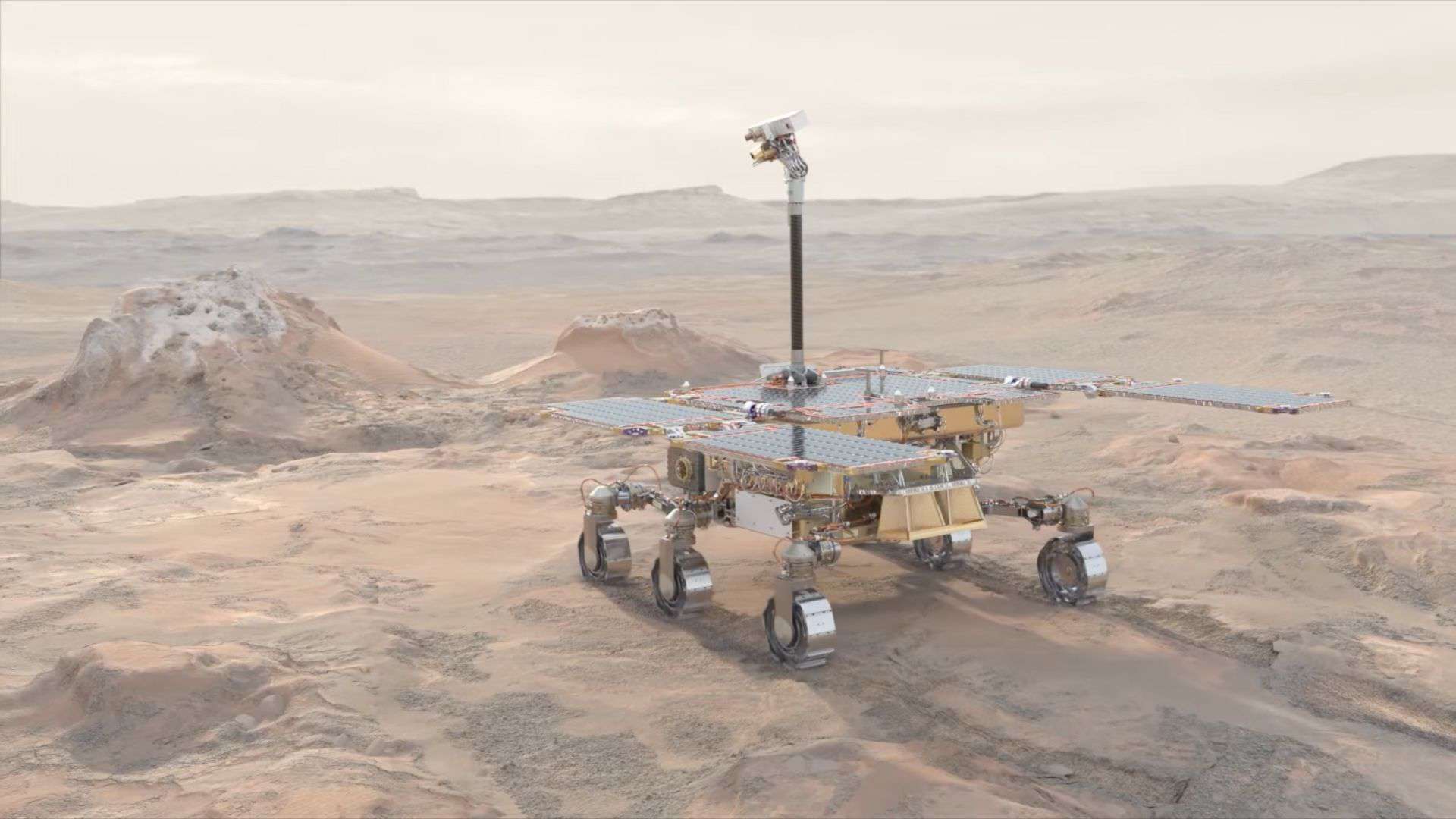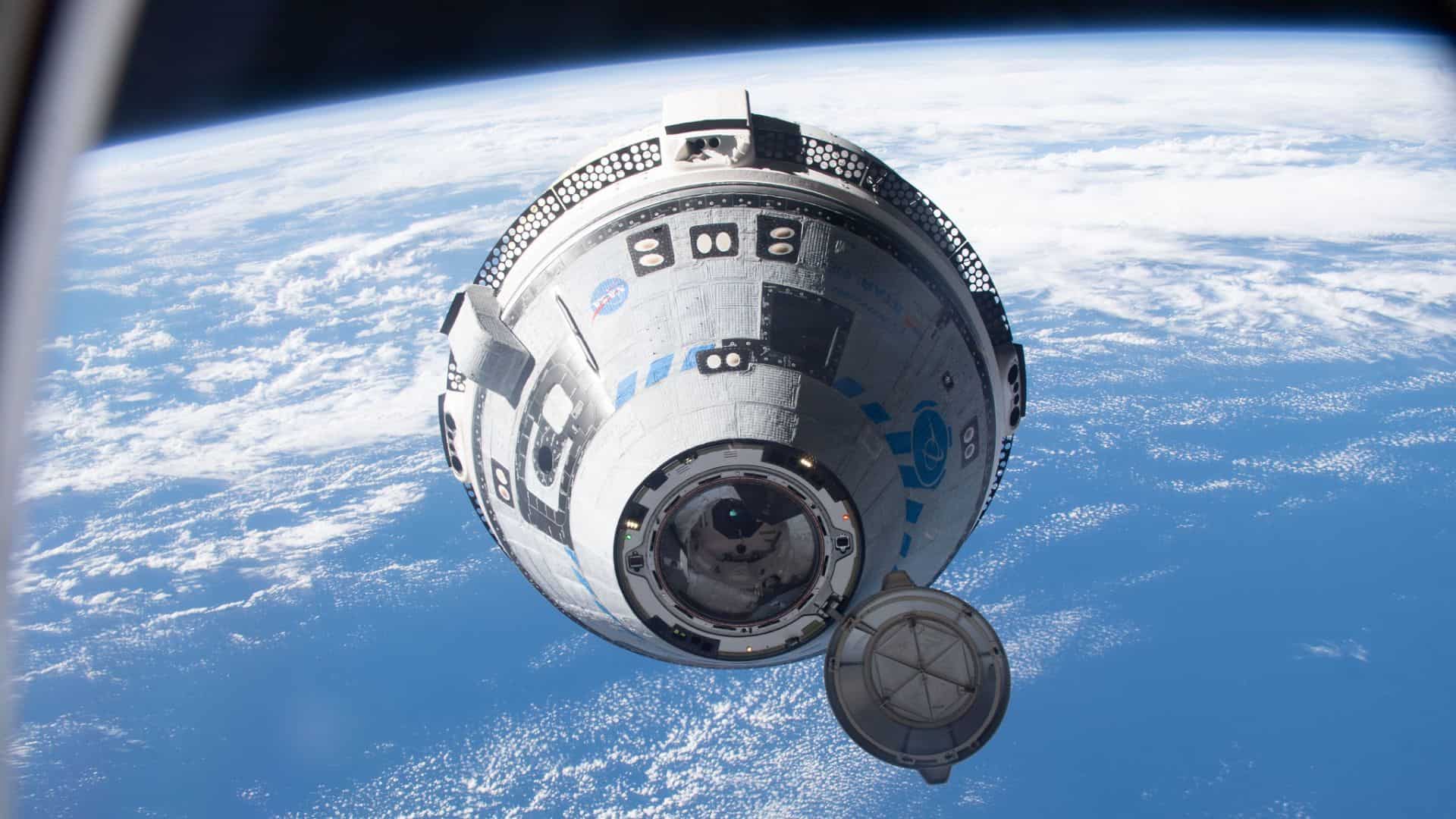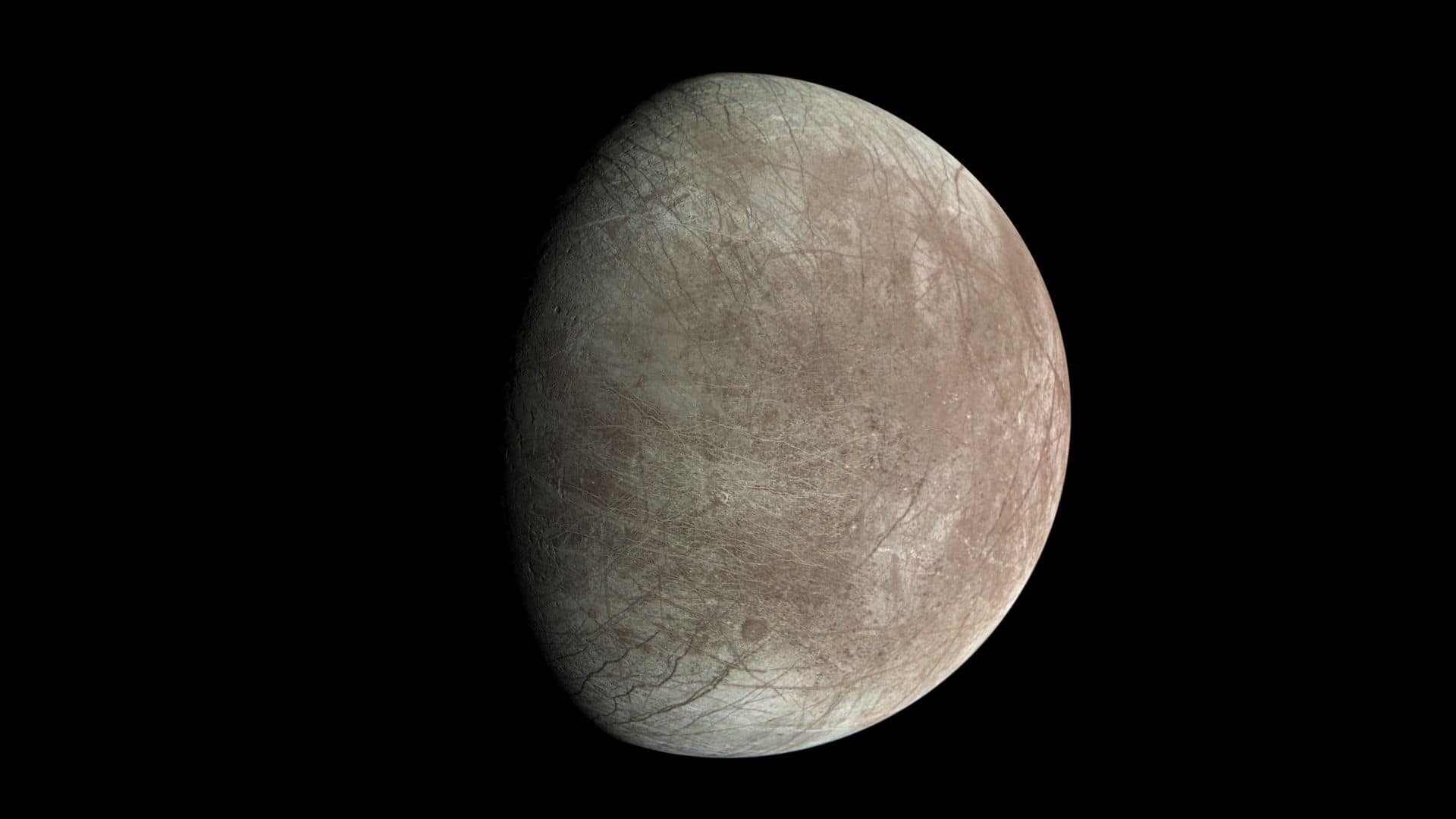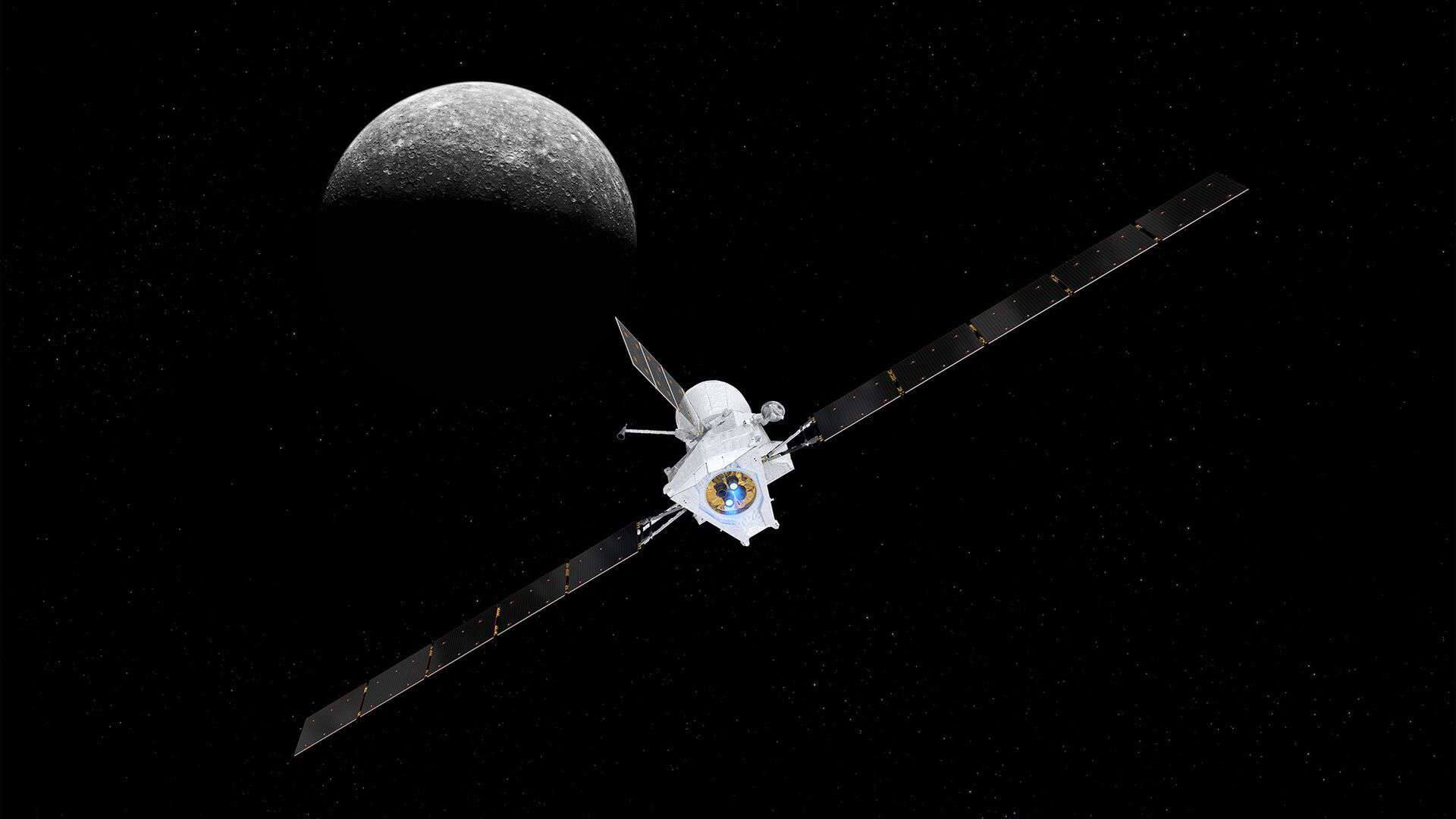NASA is looking for a revised plan to return samples from the surface of Mars to Earth, as the design of the current mission cannot return samples to Earth before 2040.
NASA’s Perseverance rover, which has been operating on Mars since 2021, is collecting Mars samples.
These samples will help scientists understand the geological history of Mars, the evolution of its climate, prepare for future human explorers, and search for signs of ancient life.
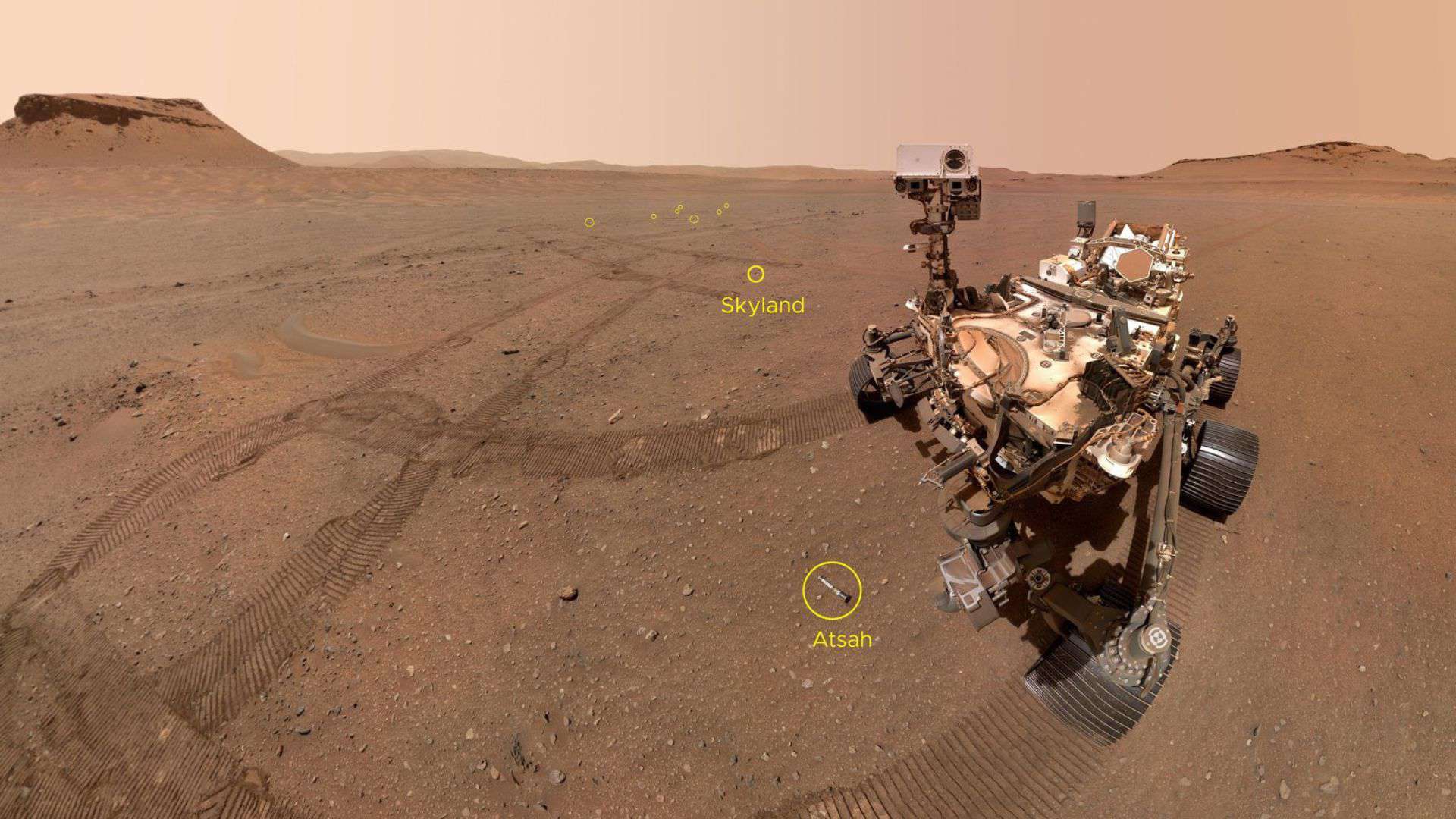
Later, these samples will be collected and returned to Earth through the Mars Sample Return mission.
NASA Administrator Bill Nelson said via a press briefing held on Monday, April 15, about the mission update:
“Mars Sample Return will be one of the most complex missions NASA has ever undertaken. The bottom line is, an $11 billion budget is too expensive, and a 2040 return date is too far away.”
Bill Nelson also added:
“Safely landing and collecting the samples, launching a rocket with the samples off another planet — which has never been done before — and safely transporting the samples more than 33 million miles back to Earth is no small task. We need to look outside the box to find a way ahead that is both affordable and returns samples in a reasonable timeframe.”
To achieve the ambitious goal of the Mars Sample Return mission, NASA is seeking innovative designs that could bring valuable samples from Mars to Earth earlier and at a lower cost.
Not only that, NASA will soon take proposals from industry that could return samples in the 2030s and lower costs, risks, and mission complexity.
Current plan of the Mars Sample Return mission
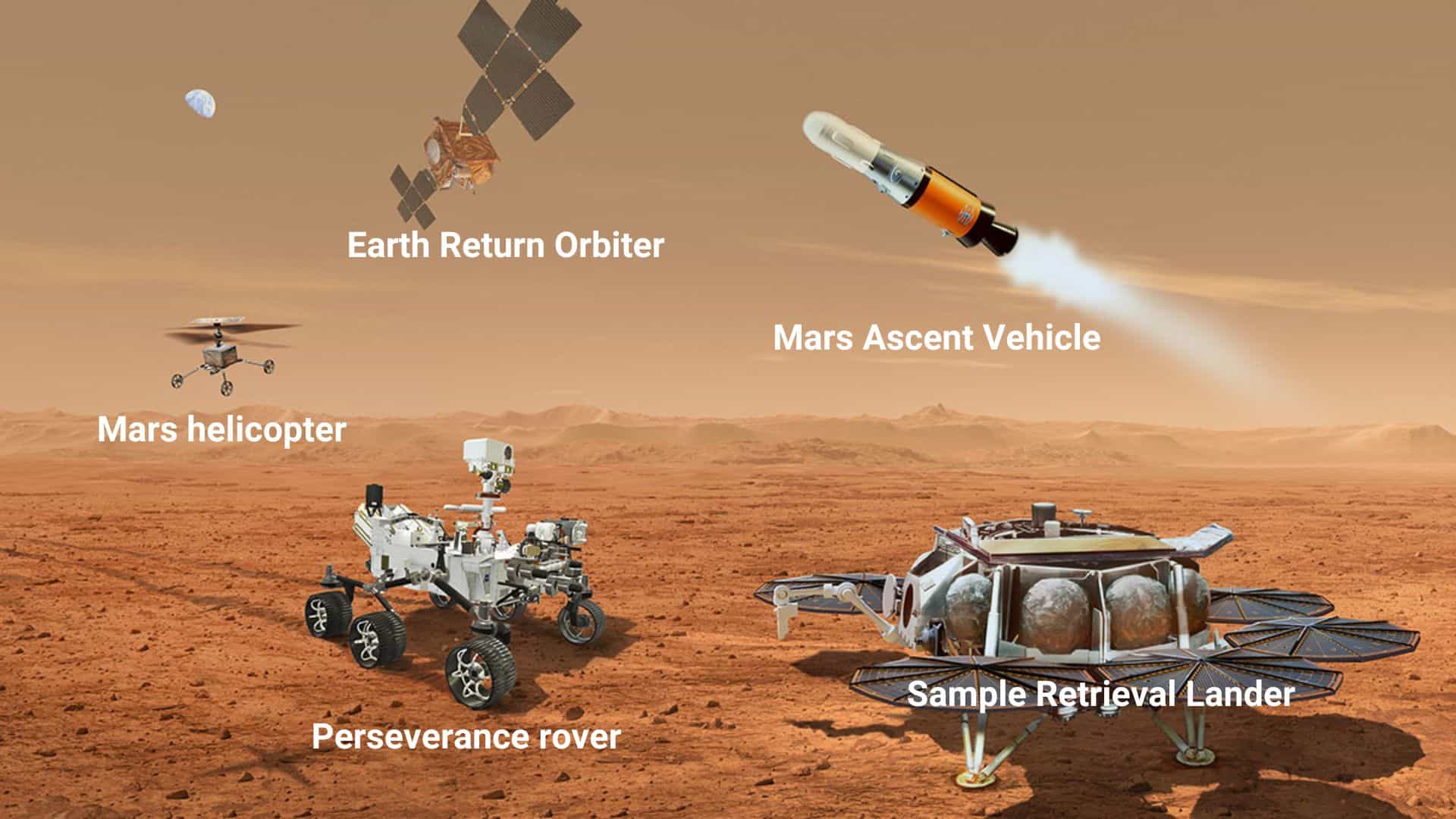
NASA is working with ESA (the European Space Agency) to bring the Mars samples back to Earth. Several launches will be necessary to accomplish this complex mission, including landing, collecting, storing samples, and delivering them to Earth.
First, a Sample Retrieval Lander will be launched to Mars in 2028. It will land near the Perseverance rover’s landing site in Jezero Crater in 2030.
Second, the lander will carry a rocket called the Mars Ascent Vehicle (MAV) and a pair of helicopters (similar to the Mars Ingenuity helicopter).
Third, after landing, the lander will collect sample tubes through its robotic arm (provided by ESA) from the Perseverance rover and transfer the tubes into a sample container on the lander’s rocket called the Mars Ascent Vehicle (MAV).
Fourth, two sample recovery helicopters will provide a secondary capability to pick up additional samples stashed on the Mars surface by the Perseverance rover and bring them back to the lander for transfer onto the lander’s rocket called the Mars Ascent Vehicle (MAV).
Fifth, the Mars Ascent Vehicle (MAV) will be launched from the Mars surface, and it will transport the container of sample tubes into Mars orbit.
Sixth, the Capture, Containment, and Return System (CCRS) will capture the Martian sample container in orbit. It is an instrument on the Earth Return Orbiter.
Seventh, the Earth Return Orbiter (ERO) (provided by ESA), which will already be in Mars orbit, will bring the volleyball-sized sample container back to Earth from Mars’ orbit.
Eighth, the Earth Entry System will separate from the ERO spacecraft before atmospheric reentry and fly a precision trajectory through the atmosphere down to the landing site. The heat shield of the Earth Entry System will protect the sample container during fiery atmospheric reentry.
Please bookmark Spaceandtelescope.com or follow us on Facebook and Twitter to get latest space news, upcoming skywatching events and astronomy-related content.
